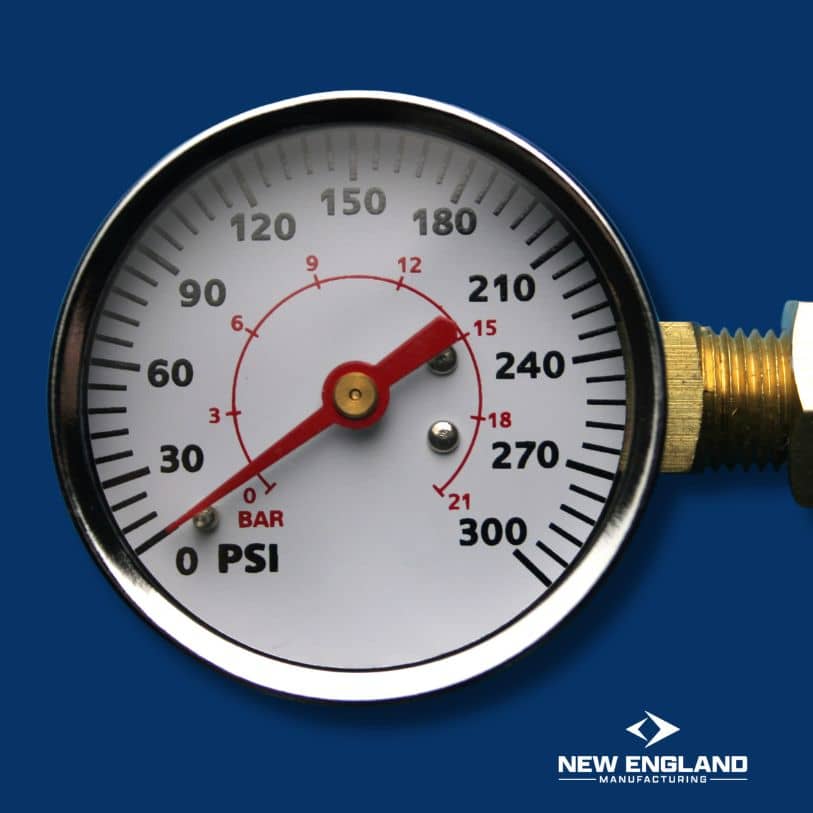Understand the Basics of Modified Flow Management Standard
Is your company in need of a better way to manage its workflow? If so, then you are not alone. Today’s fast-paced business environment requires an efficient flow system to optimize operations and enhance customer satisfaction. The Modified Flow Management Standard is designed to help streamline processes and ensure that every step of the process is completed with precision with water flow measurement devices.
By utilizing this standard, your organization will be able to save time, reduce overhead costs, and increase productivity, all while providing customers with efficient services delivered on time and as promised. This blog will explore how your company can benefit from implementing the Modified Flow Management Standard into its workflow management system.
Modified Flow Management Standard (MFMS) and its benefits
The Modified Flow Management Standard (MFMS) is a framework to ensure the effectiveness of communication and document updates. It provides process and organizational consistency so you can run like a well-oiled machine! By using MFMS, you can benefit from robust data-sharing protocols, streamlined document management, full network visibility with process optimization, and accurate working times. The unified approach also reduces manual errors, which enables efficient tasking for your staff.
With less time wasted on duplicate information or incorrectly filled out forms, everyone involved in the workflow can focus on the job at hand and achieve greater efficiency. In addition, the MFMS provides a single source of truth that guarantees that any data entered is up-to-date and accurate. Clearly, this type of system has a positive impact on organizational productivity and increased customer satisfaction.
How does MFMS differ from traditional flow management systems? – Water flow measurement devices
Modern Flow Management Systems (MFMS) offer a comprehensive approach to flow management that just isn’t possible with traditional systems. MFMS leverages the power of modern technology, such as real-time data monitoring and communication, to provide greater understanding and better insights into operations.
With MFMS, managers have an array of additional tools at their disposal from greater efficiency in stock and inventory management to the ability to better anticipate customer needs. Plus, instead of focusing simply on optimizing costs or performance, MFMS’s dynamic capabilities let you focus simultaneously on both. This way you can get the most out of your resources with unprecedented accuracy and speed.
Advantages of implementing an MFMS system with use of water flow measurement devices
One of the biggest advantages of implementing an MFMS system, or a Materials and Fleet Management System, is that it can reduce costs for your company. This system allows for more accurate tracking of material usage, allowing you to order on-demand when needed, and eliminates overstocking and spoilage by providing stored data on how many supplies are used.
It also allows for better remote monitoring so that less time is spent checking in person with physical inventories, leading to greater overall efficiency. The bottom line is that an MFMS frees up money and resources that would otherwise be wasted. The improved management and visibility also result in higher employee morale since employees are now able to do their jobs faster and more accurately. When workers feel happy about their job performance, customer satisfaction rises along with productivity levels.
Key components of an MFMS system – water flow measurement devices
MFMS systems can be complex, but they are built up of a few key components.
- At their core, these systems have a comprehensive database that stores all the information necessary for employees to manage and track inventory, as well as for employers to plan out and optimize purchases.
- The system also includes several options for reporting and data analytics in order to provide actionable insights into the state of inventory and demands.
- All of this runs on an integrated software platform specific to the tasks at hand. This means everything can be accessed quickly and efficiently without having to waste time with manual processes or external applications.
Overall, these three main components give any organization the power to operate its MFMS system optimally with maximum efficiency.
The Hydraulic Flow Meter Tester is an essential tool for companies looking to implement the Modified Flow Management Standard. This device can measure and monitor hydraulic flow rate in a variety of settings, including industrial equipment and factory production lines. It also ensures accuracy by using digital readings and displaying information on an LCD screen. By utilizing this device, businesses are able to accurately evaluate their current flow processes and make the necessary adjustments to optimize operations. Companies can also use this device to test and audit existing systems, ensuring that everything is functioning as intended. Implementing a Hydraulic Flow Meter Tester into your modified flow management system will help you maintain optimal efficiency and accuracy while reducing costs associated with manual testing.
Steps for setting up a successful MFMS system
- First, do your research – look at different systems and evaluate what each has to offer in terms of features, compatibility, and scalability.
- Next, ensure that you have ample storage capacity and the right software for your needs.
- After that, develop a plan for the system’s implementation, with consideration of training needs and timeline expectations. Also, you can check our guide on 7 key considerations to select a hydraulic flow meter.
- Finally, establish processes for ongoing maintenance and support.
Each step is important in creating a seamless transition to this new management system!
Challenges faced while deploying an MFMS system
Deploying an MFMS system can be a complex process and requires great attention to detail. It is important to take the necessary time to thoroughly review each step of the process, as any mistakes can be costly from both a financial and efficiency perspective.
- One challenge is sourcing an appropriate vendor, given that different users often have different needs and requirements.
- Additionally, ensuring that your MFMS system integrates with existing solutions and meets user requirements poses a challenge, as does acquire comprehensive buy-in from relevant stakeholders.
Despite these obstacles, with careful project management and close collaboration between all involved parties, it is possible to successfully deploy an MFMS system that adds value to your business.
All in all, MFMS can be a powerful resource that helps organizations to maximize the efficiency of their production operations. With effective implementation and maintenance, MFMS systems can help eliminate many common flow management problems and allow businesses to operate more efficiently and effectively. While deploying an MFMS system may not be without its challenges, the potential rewards make it a worthwhile undertaking for any organization that is looking to optimize its production operation management. Ultimately, MFMS has tremendous potential to improve operational processes in a variety of industries, making it an invaluable resource for organizations looking to stay ahead of the competition.

Mark R.
With a strong foundation in industrial safety and fire protection systems, Mark R. specializes in creating clear, technical, and compliance-driven content. Writing for SafeTech Reports, he covers topics such as fire hydrant testing, PPE protocols, emergency procedures, and smart technology integration in safety systems. His work ensures that professionals stay informed on the latest regulations, best practices, and emerging trends in safety and infrastructure maintenance.
Get in touch
We usually respond within 24 hours
Need Reliable Water Flow Test Equipment?
For over 70 years, New England Manufacturing has been the trusted source for fire hydrant and water flow testing kits. From pitot gauge kits to custom test kits, we provide precision, durability, and expert calibration to meet your needs.
- Custom-built test kits
- High-quality pressure gauges
- Reliable calibration services


